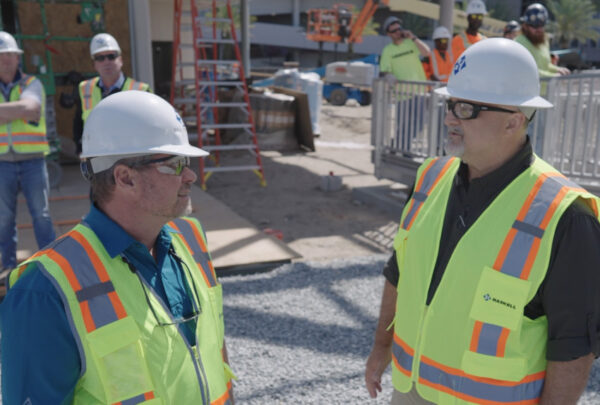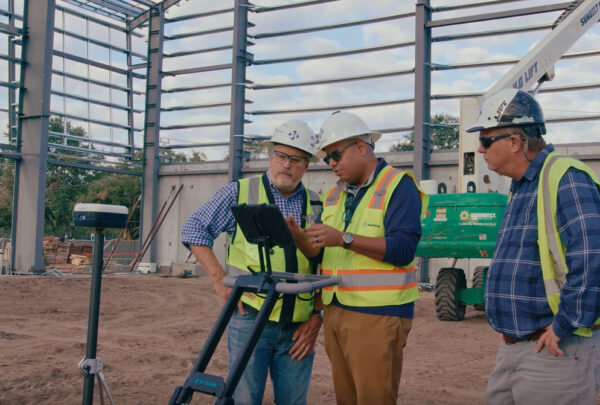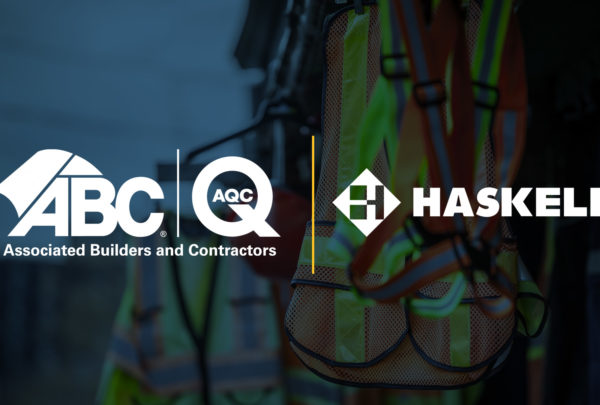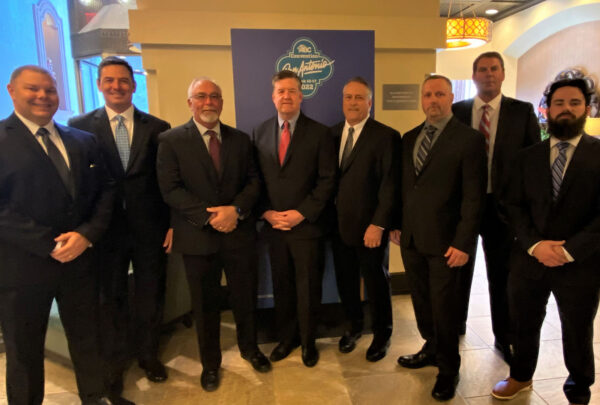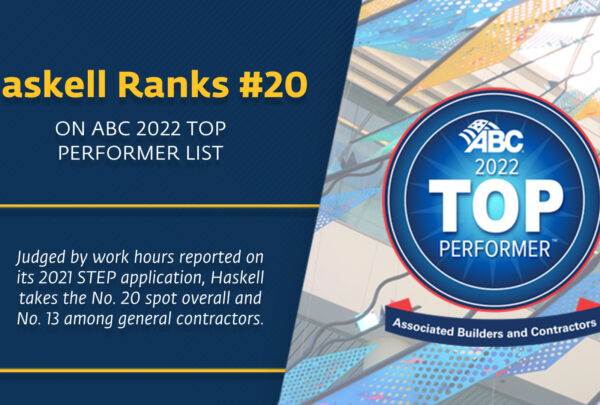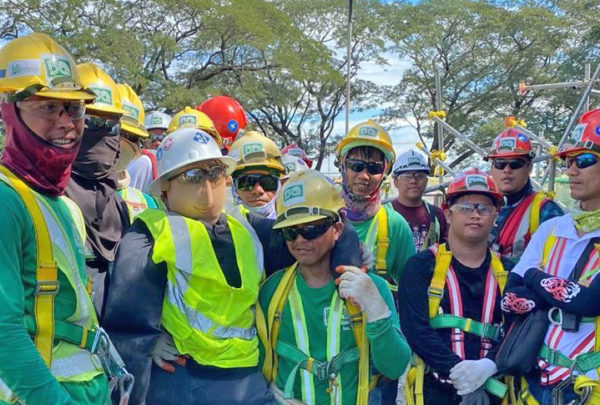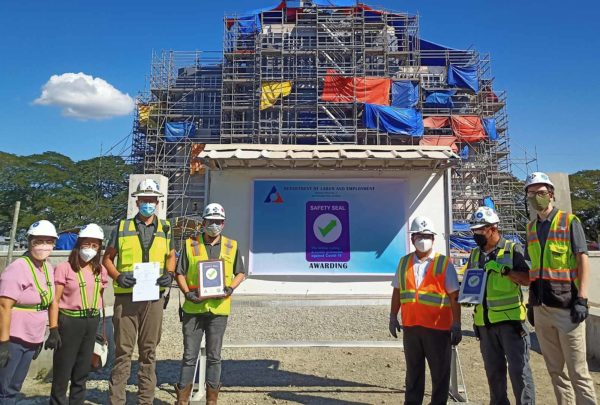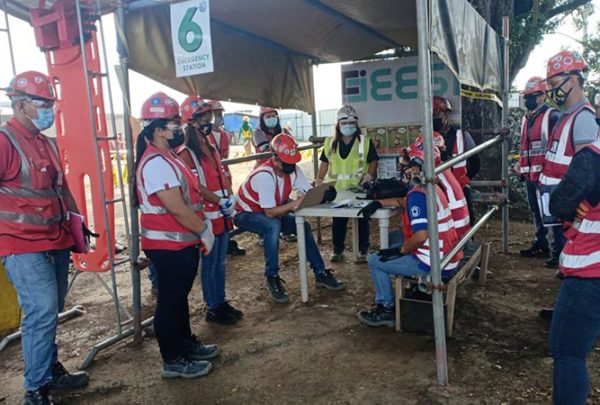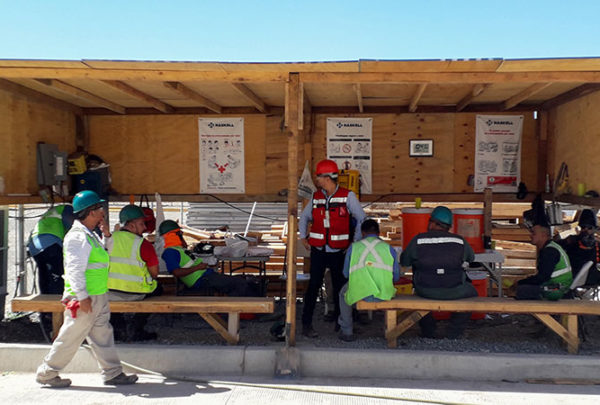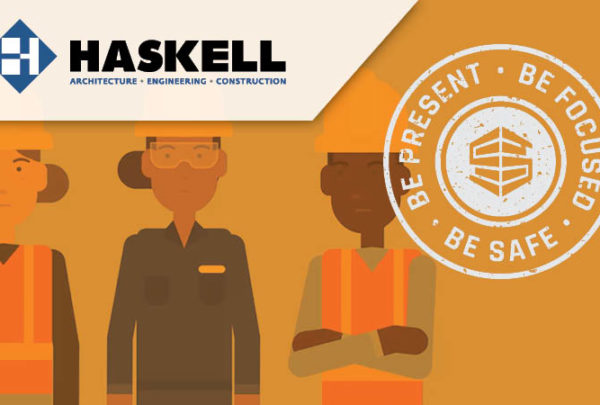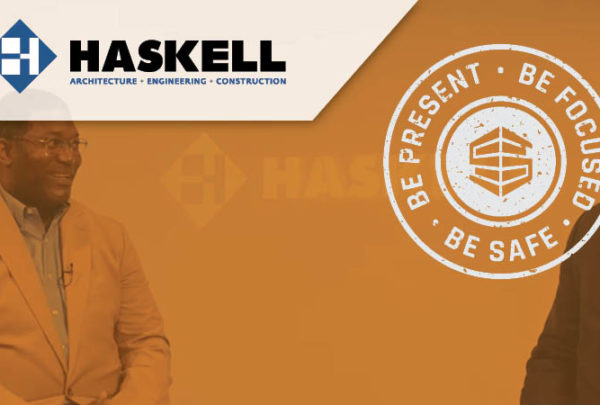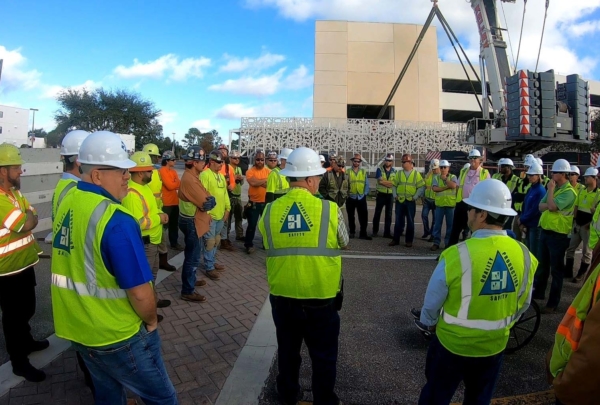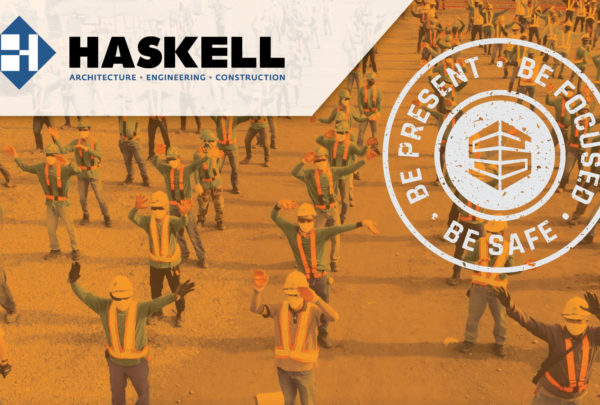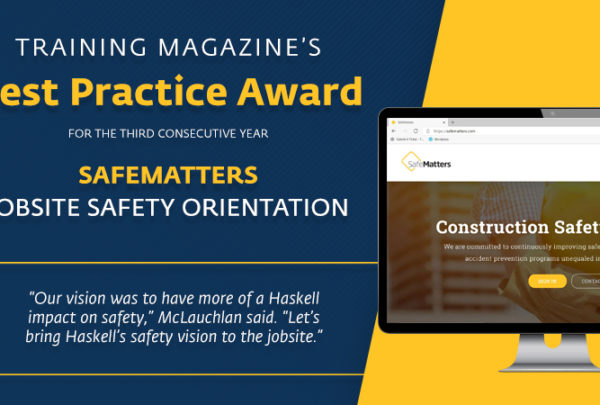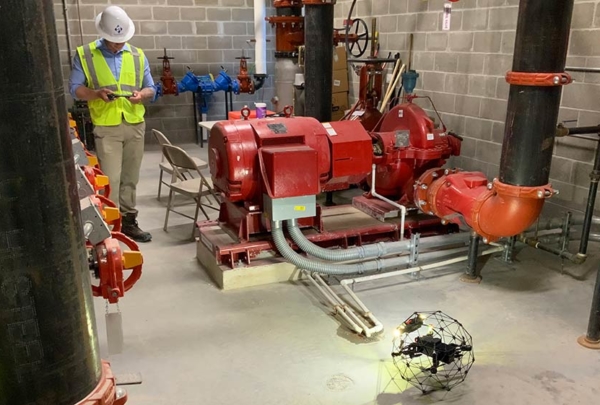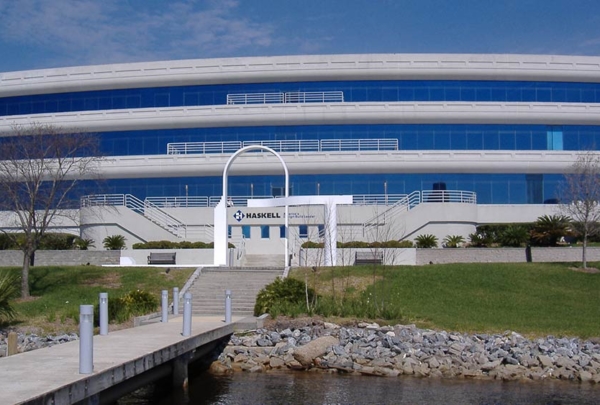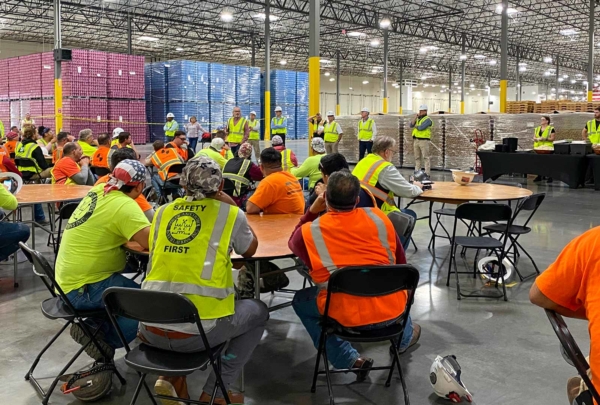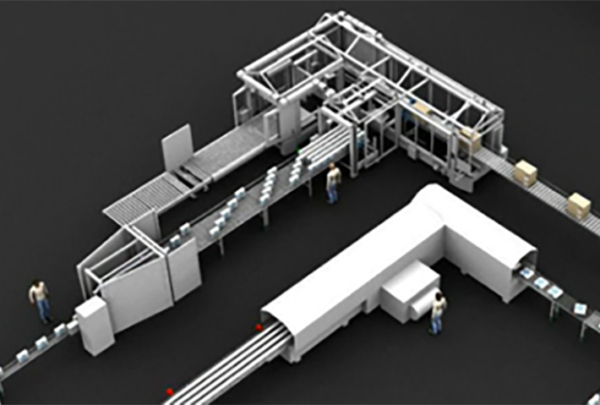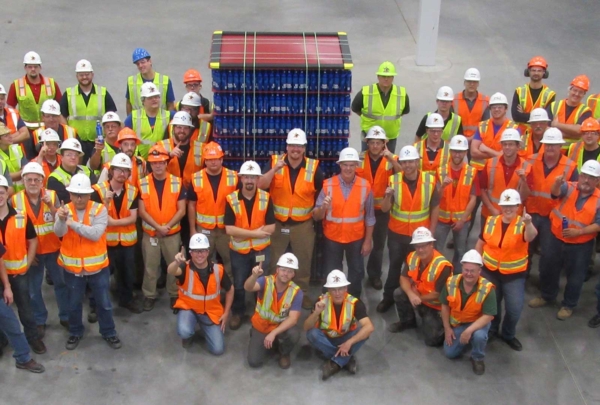Sound Risk Management is crucial to large construction projects and can be critical to their success. Capital expenditure (CapEx) projects depend on being on budget, on time, with no safety issues, and of high quality. Licensing, permitting, bonds, insurance and insurance broker/carriers are essential parts and partners for managing risk.
Historically, construction projects have faced risks on numerous fronts, including cost pressures, time, disputes and litigation, safety and occupational health challenges and intense competition.
Risk Management in construction is designed to identify, access, treat, monitor and control those measures needed to mitigate risk. To do this, it is necessary to identify the hazard, assess the extent of the risk, provide measures to control, mitigate or eliminate the risk and monitor the results from any residual risks.
Haskell’s Risk Management department is the liaison between insurance carriers and the company’s insurance and surety companies – brokers and carriers that guarantee Haskell’s insurance program and performance and payment obligations to the project owners. The department also provides value engineering to its clients by continually working to reduce the cost of insurance, performance bonds, warranties, fixed-price contracts, and guarantees, known as risk transfer, at the lowest reasonable yet coverage adequate cost.
“Risk Management is everyone’s responsibility at Haskell,” said Jeff Caudill, Director of Risk Management, who has more than 25 years of experience as a risk management professional. “We are all, on a day-by-day basis, assessing risk, analyzing it and considering how best to mitigate, eliminate and move forward.”
Haskell has a strong relationship with its sureties and insurance brokers based on its solid history, the diversity of projects it has managed and the company’s financial stability, which ensures its ability to pursue larger projects. The strength of those relationships, in turn, enables Haskell to provide a risk management program that assures project owners that their investment will be safe. Taken together, these relationships with insurance companies and sureties provide project owners and Haskell, assurance that their investment will be safe.
Proactively Assessing and Averting Risk
“Haskell goes beyond just building the box to crafting and putting manufacturing equipment in the box and providing process engineering,” Caudill said. “We work proactively to help the client determine risk and risk alternatives and obtaining surety financing to protect against that risk.”
“Every decision related to a project is viewed from a risk and safety aspect including exposure to bodily injury and property damage, reputational risks and financial risks’, Caudill said. As a result, Haskell has often obtained project specific insurance placements and surety bonds for a wide range of large, complex projects.
Haskell works with its subcontractors to meet insurance and performance requirements and uses a subcontractor default insurance program to protect itself and, by extension, project owners in the event a subcontractor defaults on a project. It also utilizes a vendor management system that serves as a report card for every subcontractor with which it has worked. The result is a strong delivery system that helps Haskell’s project teams analyze which subcontractors to use in each project. The database evaluates subcontractors on safety, practice, success in maintaining a schedule, history in paying their own subcontractors, and financial stability.
“Our Risk Management program ensures that we will perform what we’ve committed to our client to perform,” Caudill said. “It ensures our clients that we will get a project completed on time, on budget, and in the safest way possible manner.”
Haskell has formed its own single parent captive that insures Haskell against risks placed within the captive, helps prevent accidents and fatalities, manages claims and provides general risk management services.
Providing Broad, Cost-Effective Coverage
The Risk Management department’s involvement in Haskell’s recent work with an international beverage company exemplifies its contribution to projects. In the project’s earliest stages, during negotiations between Haskell and the owner, the department was called in to compare insurance requirements in the contract and other risks related to insurance risk transfer. Various options were considered, including a contractor-controlled insurance program (CCIP) versus project-specific or stand-alone policies. Bonding issues for Haskell and its subcontractors were studied, and the department implemented a project-specific schedule of insurance that provided contractual terms and requirements with the most cost-effective and broadest coverage impact for the project and client.
The Risk Management Department will also review a client’s wrap-up liability insurance policy (OCIP) to identify any gaps in coverage that might result in loss of protection for work done on the project. Owner Controlled Insurance Programs (OCIPs), or wrap-ups, are mainly general liability and excess insurance-focused policies, some will include workers compensation coverage, designed to cover jobsite risks and completed operation exposures of the owner, contractors and subcontractors.
To ensure smooth and successful project delivery, the Risk Management department can utilize a comprehensive suite of corporate insurance or create a schedule of insurance specific to the project that can be included in the subcontractor solicitation process.
Such is the foundation of Risk Management on which the delivery of a large and successful CapEx project is built.
Haskell’s unparalleled attention to risk management ensures project owners that their large CapEx investments are secure. Contact us to discuss your facilities needs.










